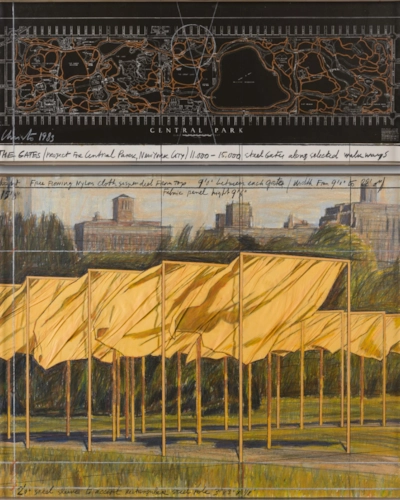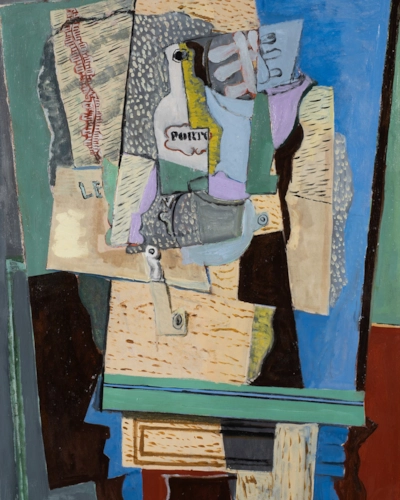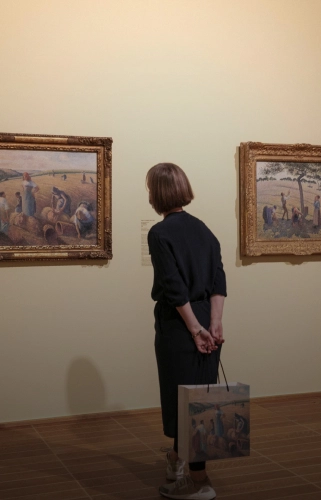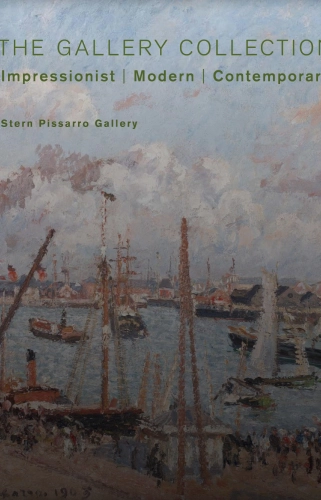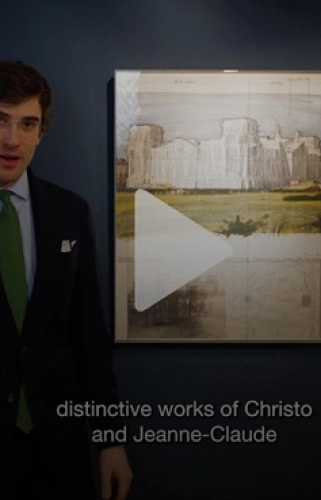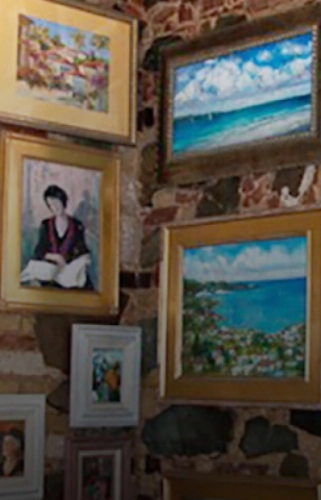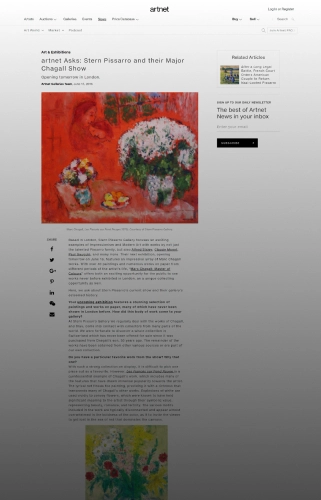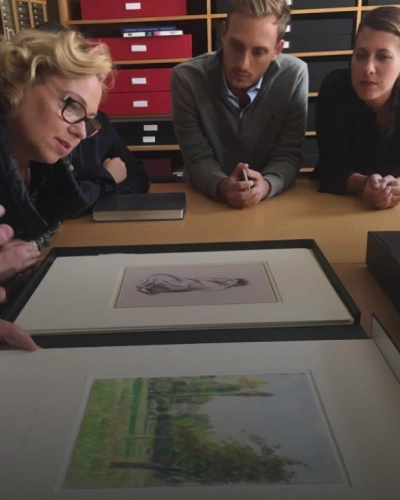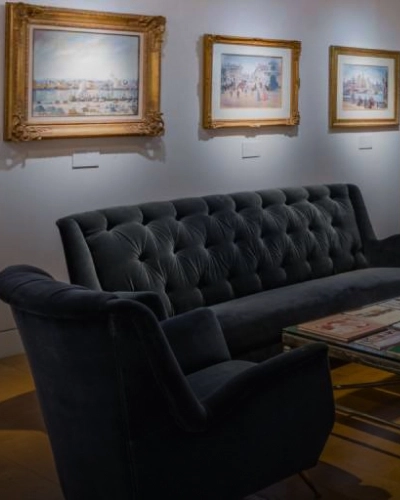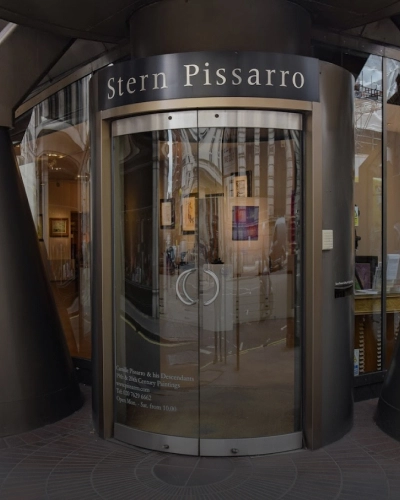Interview with David Stern
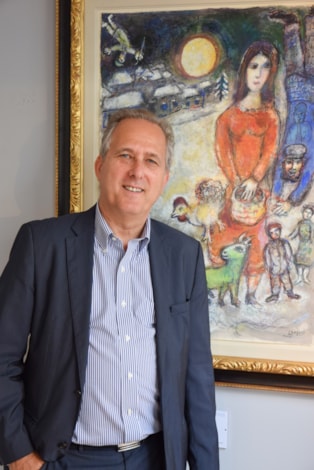
Interview with David Stern
Published 17/09/2019
Often art dealers go through generations. In my case, my father started an art gallery in 1964 in Notting Hill Gate, and only 10 years ago we relocated to this space in St James’s. But when you grow up with art dealers around you, and paintings going in an out, and the smells that go with it, and the gallery and the frames… it’s very addictive. I used to work in the gallery in the holidays, in my teens, and once I sold my first painting… that was it.
What is your advice to someone starting their career in the art world?
A new entry into the art dealing world, I think requires, in my view, two very important factors: being honest and working with integrity. Not many people understand the importance of this in a business that is very much based on trust.
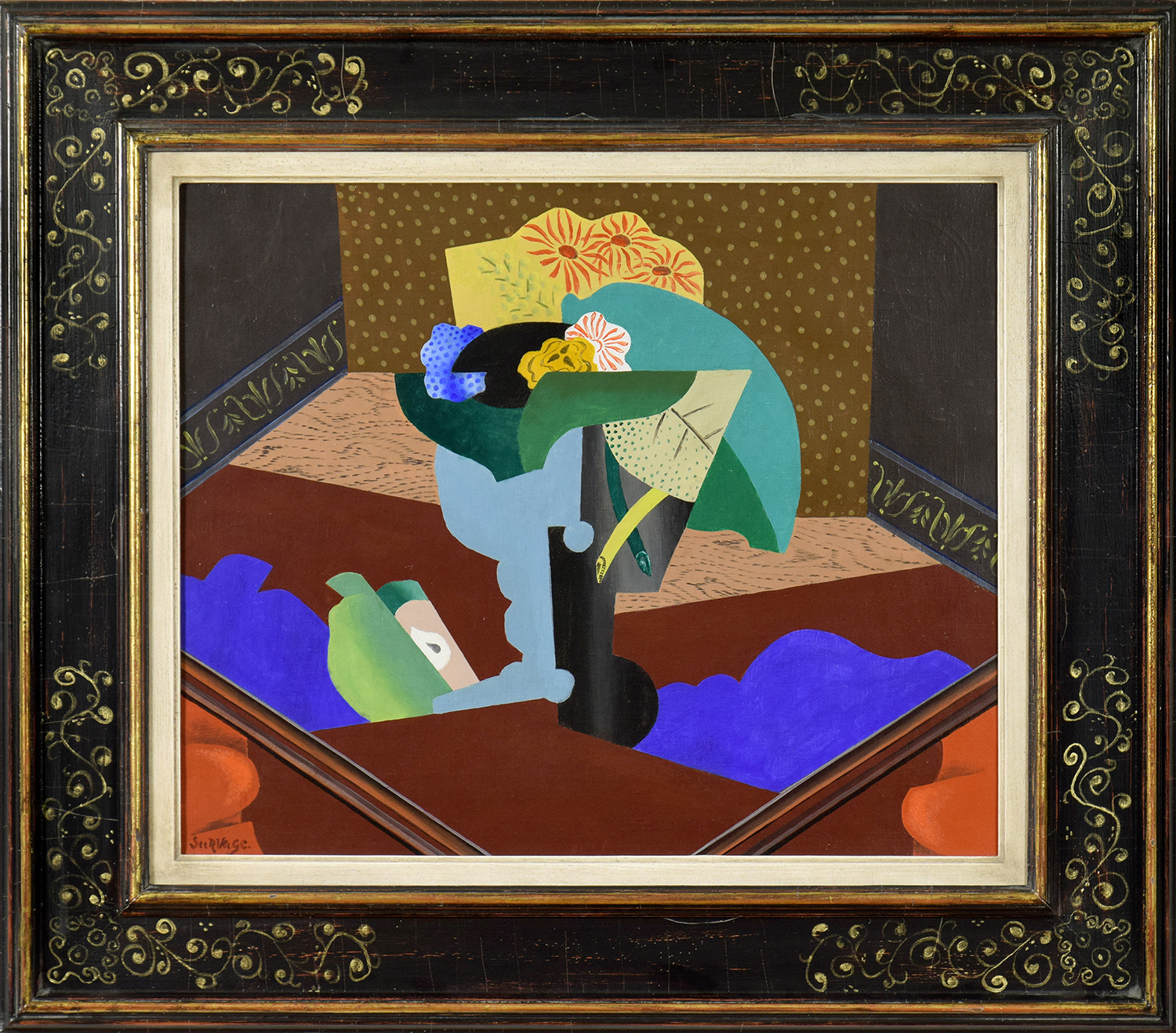
What is your favourite work currently on view at Stern Pissarro Gallery?
This Léopold Survage [Nature Morte aux Fleurs, oil on canvas, circa 1918], is probably my favourite upstairs, although it’s very difficult for me to choose. I love cubism, I love colour and those combine really well here in what I think is a fantastic work by Survage, in his best period. It is a wonderful piece; I will miss it when it goes.
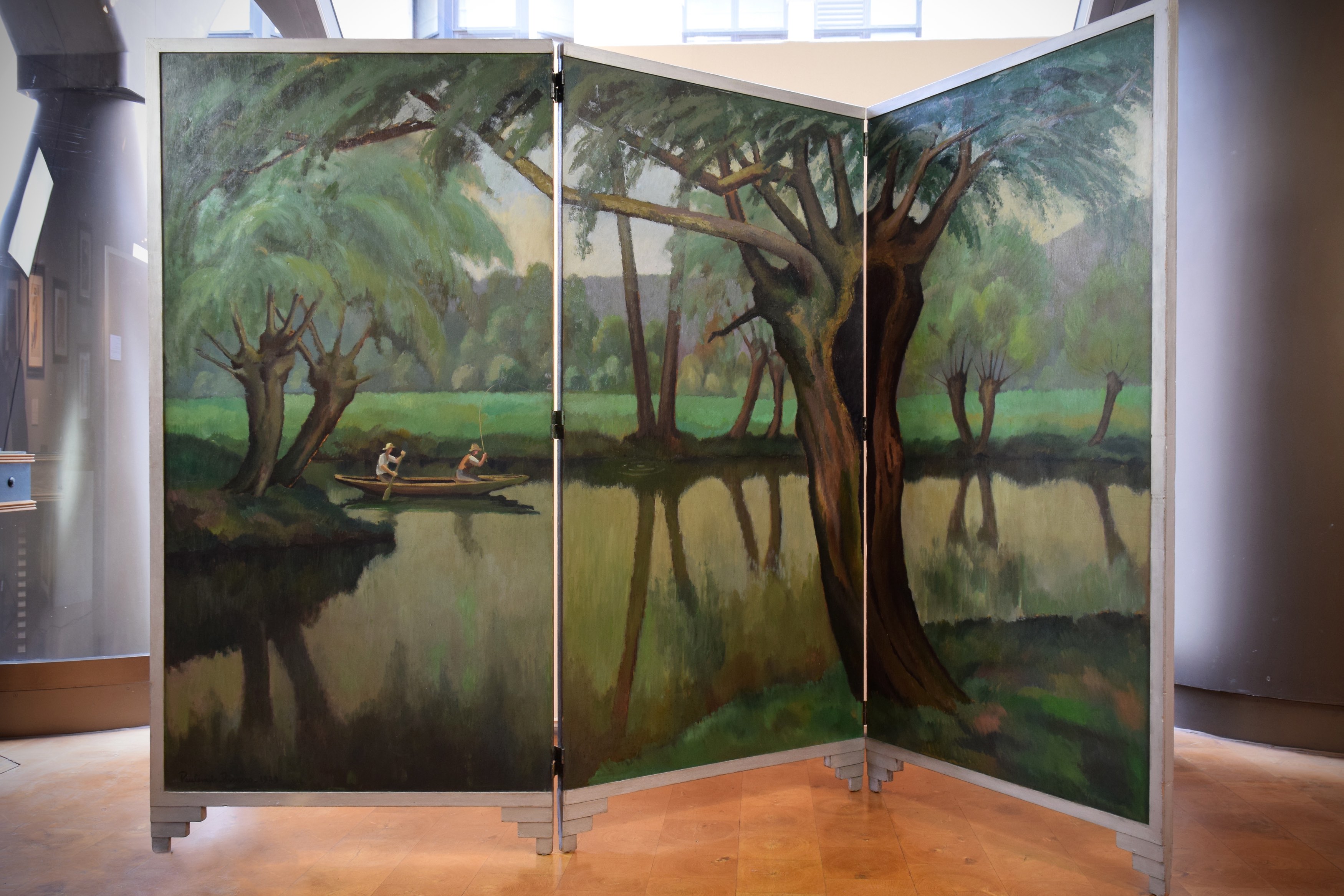
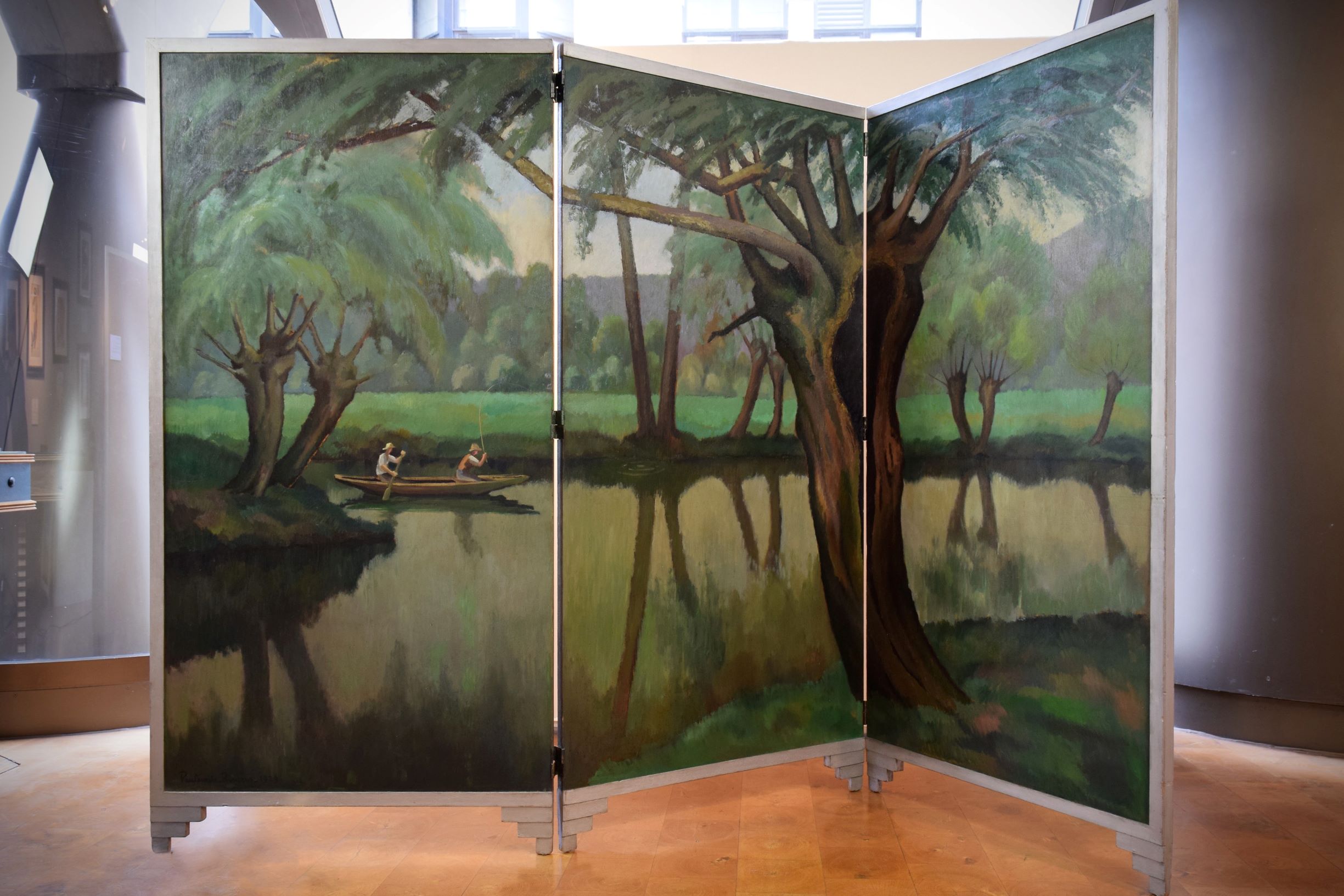
In the lower gallery, my favourite is this Paulémile Pissarro screen [Fisherman at Lyon-la-Forêt, oil on panel, 1929], showing the river in the town of Lyon-la-Forêt, where Paulémile lived at the time in Normandy. It is an incredibly unique piece, probably one of the largest paintings the artist did. We sold it some years ago to America, and we’ve got it back now to sell it again. I know that when it leaves, I’ll be heartbroken to see it go.
What are your top websites for the art world?
There are so many amazing websites today. I think my favourite website for looking at works of art is Artsy, but my favourite website for news is The Art Newspaper… I also look a lot at Artnet News, that comes as a newsletter and a website. It’s very informative, very helpful and a must for any art professional.
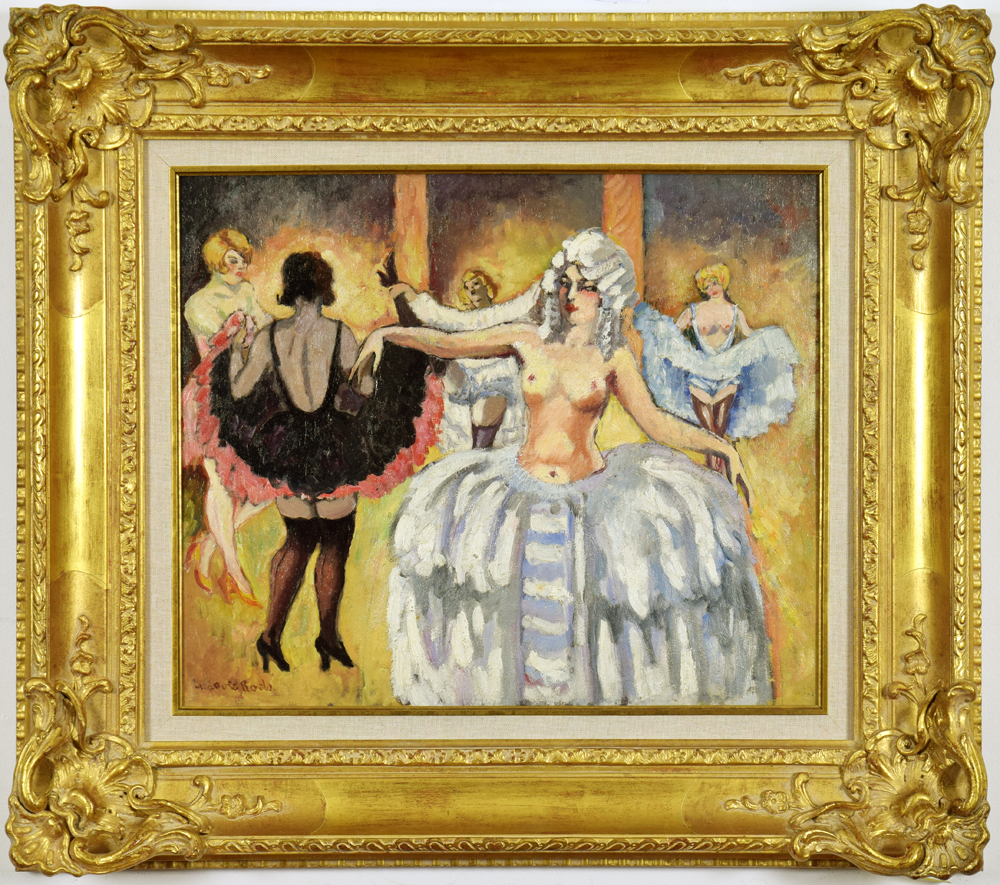
What was the last exhibition you saw?
The last exhibition I saw on the weekend was actually Christian Dior [Designer of Dreams] at the V&A. It was a show that I would never have chosen to go to because it’s fashion but my wife [Lélia Pissarro] was adamant that we see it, and I loved it! The presentation, the dresses… I mean, just a must see. I’m standing here amongst Ludovic Rodo Pissarro’s paintings of fashion of the time [Cabaret Dancers, oil on panel, circa 1906 and Nue Assise, oil on panel, circa 1910] … They are very relevant to the style of the V&A exhibition.
Which museum would you recommend visiting?
We’re spoilt for choice today, with museums all over the world. Every city you go has its major blockbuster exhibition: MOMA in New York, Tate in London, the Centre Pompidou in Paris… But actually it’s often the small museums where I get the most excitement from… going to those out of the way, like the Ashmoleon museum in Oxford, or the Frick in New York, or the Wallace Collection in London or The John Soane Museum in London. Places that may not be on the top of the list for visitors, but they provide a different approach, and you can see art that’s not your most expected. The National Portrait Gallery has grown in popularity in recent years and is also really one of my favourites.
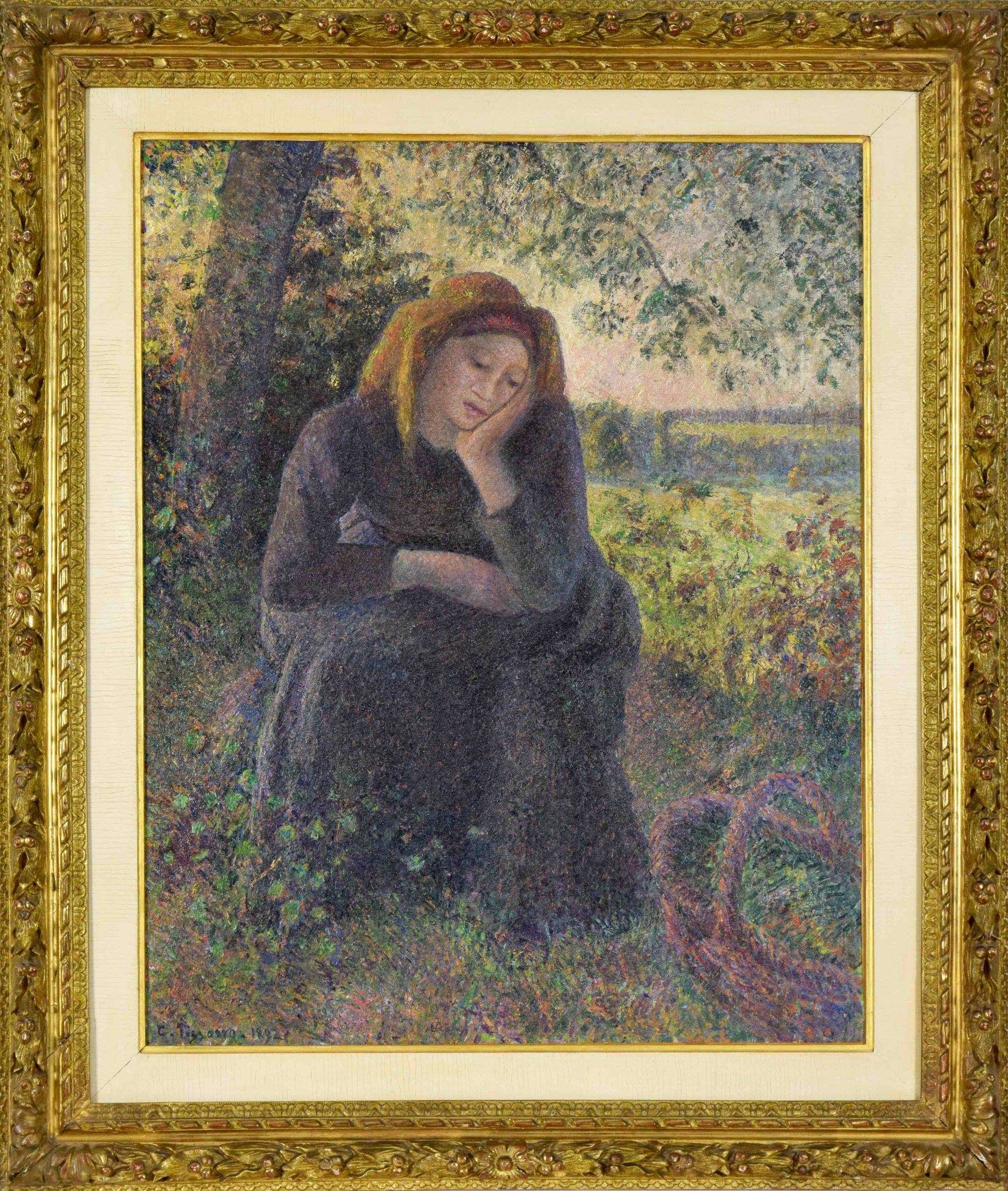
If you could go back in time and meet an artist, who would it be?
First of all, who I don’t want to meet, ever, is Picasso… absolutely no interest in meeting him. But who I’d love to meet and spend a day with is Camille Pissarro. Working with his paintings for so many years and knowing so much about him… he was such a humanist, such an amazing person. I think to spend a day with him would be something extraordinary. And I’m honoured to be in-lawed into this family, and I feel very close to him, very much in love with his personality.
How would you like to be remembered?
I think if there is a legacy to an art dealer, I hope in my case, it would be what we have hanging here… Camille Pissarro and his descendants. All these artists worked and had their careers, and I made, together with my wife Lélia Pissarro, the effort to show them together, and to try to explain to the public how interesting it is to see the cross-links and influences between the members of the family, and how this came to be the most important, and largest family of artists in the history of western art. So if my legacy would be having established Camille Pissarro and his descendants as a theme, I think that would be what I would most hope for.
